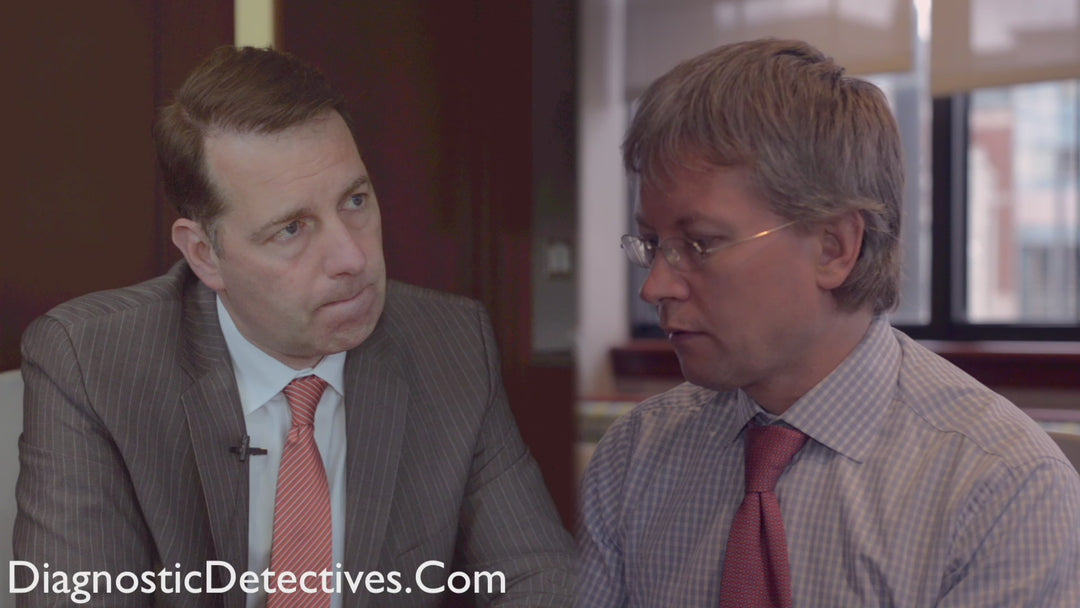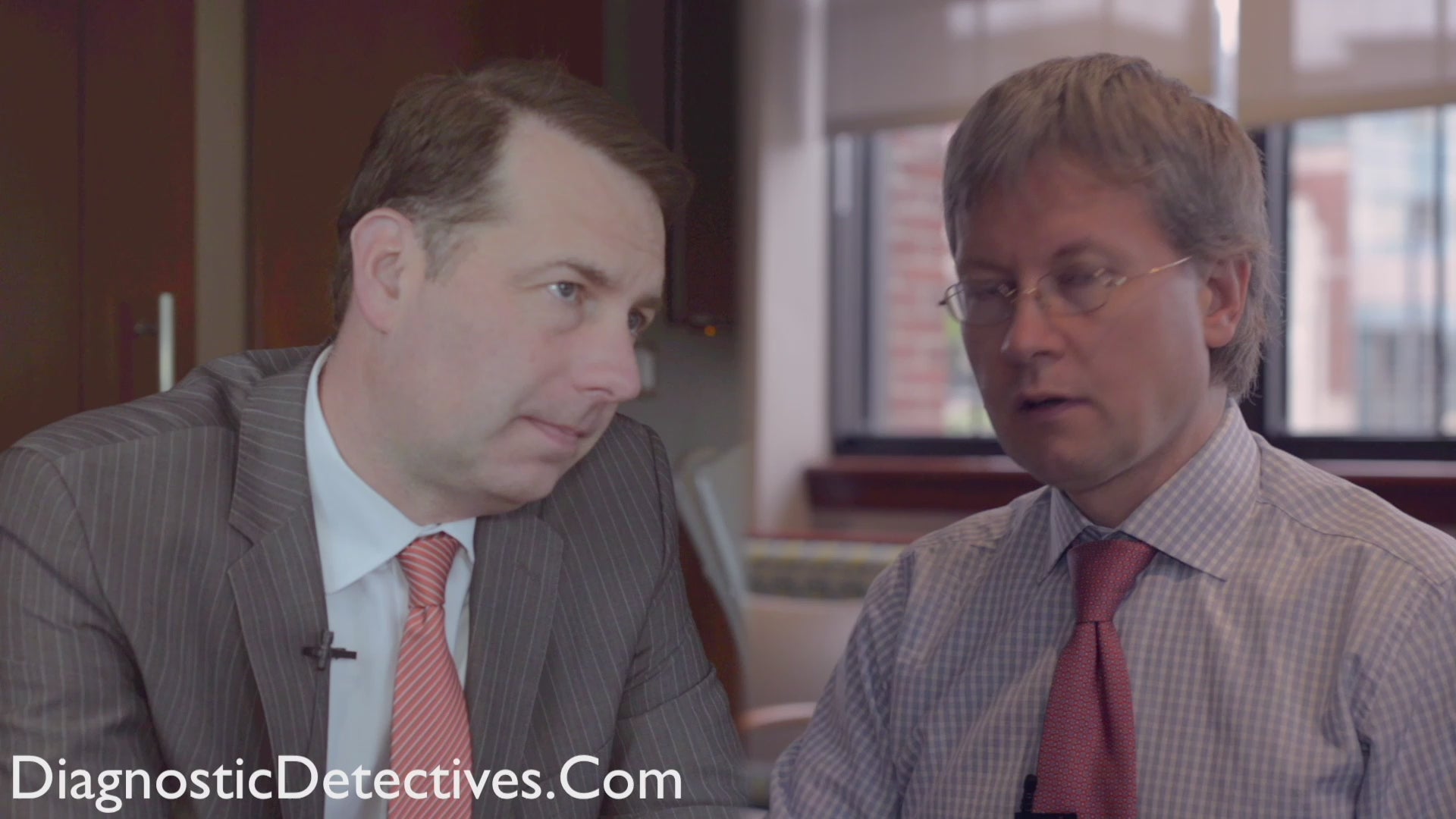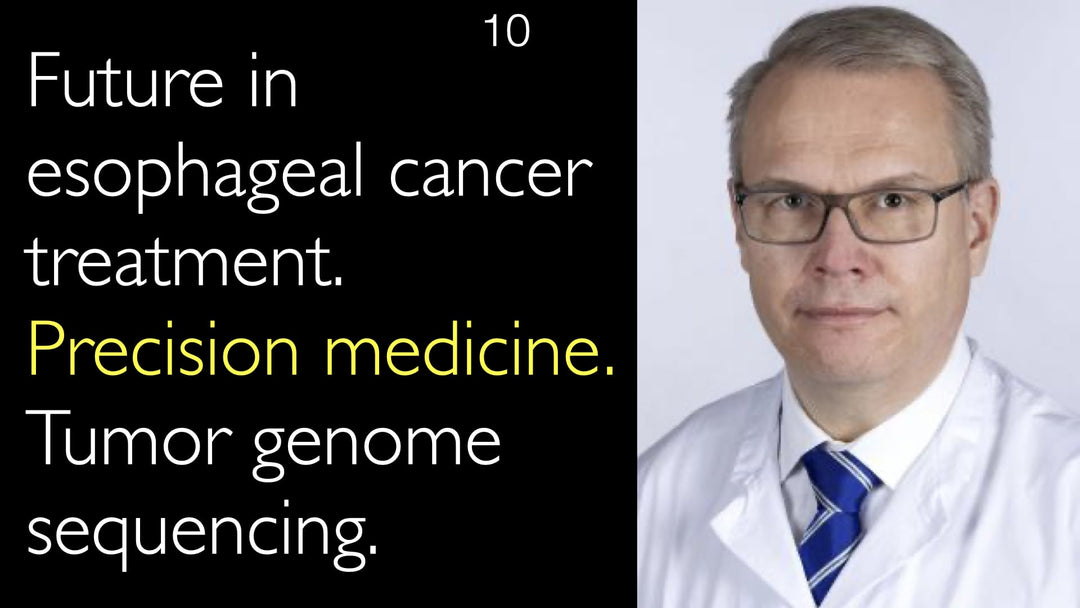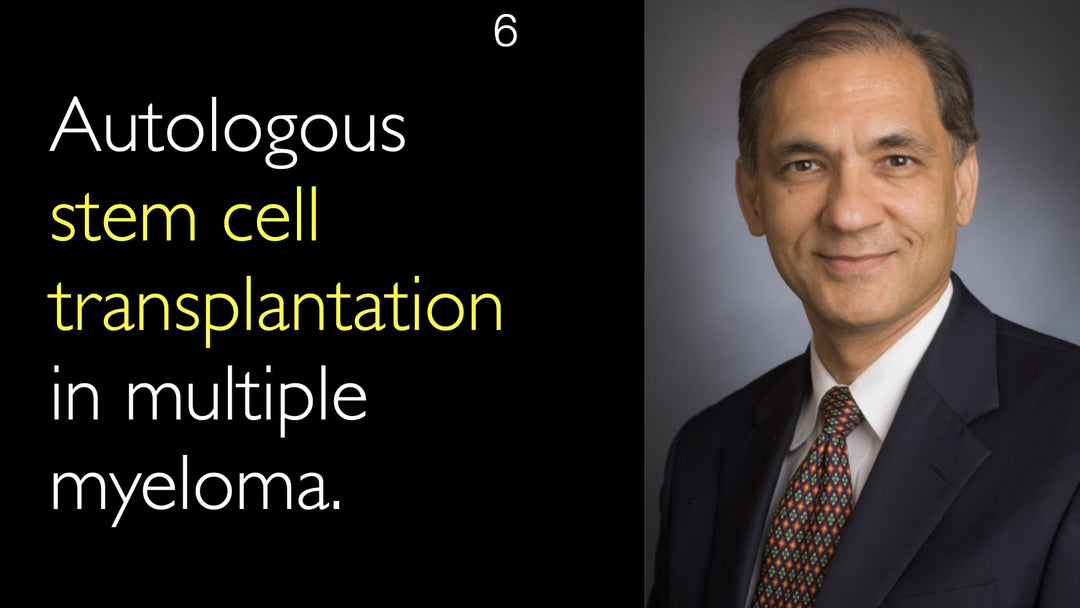心臓移植および幹細胞技術の権威であるMarc Pelletier医師(医学博士)が、心疾患に対する幹細胞療法の現状について解説します。有望な実験室での成果を実際のヒト治療へ応用する上での重要な課題を詳述します。幹細胞の分化と心臓への送達という複雑なプロセスは、依然として大きな障壁となっています。臨床試験では心機能への効果にばらつきが見られます。幹細胞療法は、心不全や心筋梗塞後の患者に対する実用的な治療オプションとして確立されていません。
心不全と心筋再生に対する幹細胞治療:現状の課題と将来の可能性
セクションへ移動
心疾患における幹細胞の可能性
心筋梗塞後の心筋再生は、心血管研究の重要なテーマです。心臓移植の専門家であるMarc Pelletier医師(医学博士)は、幹細胞技術の長年にわたる可能性について語ります。当初は、幹細胞を使って代替心臓を作り出し、損傷した心筋を修復できると期待されていました。このアプローチは、移植用ドナー心臓の世界的な深刻な不足に対する解決策として注目を集めています。
臨床試験の現実
Marc Pelletier医師(医学博士)は、幹細胞研究が研究室からヒト患者への応用段階で期待外れに終わっていると指摘します。研究室では目覚ましい進展が見られるものの、ヒトにおいて有意な臨床効果を実証することは困難です。臨床試験では散発的な効果が報告されるものの、一貫性がなく、心機能を確実に改善するには至っていません。Pelletier医師は、15年にわたる研究を経ても、幹細胞治療の進展は専門家が当初予想したほど速くはないと述べています。
幹細胞開発における主要な課題
幹細胞開発の最大の障壁は、そのメカニズムに対する理解の不足です。Marc Pelletier医師(医学博士)は、研究者が複雑な心臓環境において各種幹細胞の能力を完全には把握していないと説明します。胚性幹細胞、間葉系幹細胞、筋芽幹細胞など、種類ごとに異なる特性を持ち、新しい血管や心筋組織の形成にはそれぞれ独自の課題があります。この根本的な理解の不足が、技術の実用化を複雑にしています。
投与と分化の課題
実用面では、幹細胞治療にいくつかの重大な課題が残されています。Pelletier医師は、未解決の問題として以下の点を挙げます:治療に必要な最適な細胞数、心臓内での投与箇所、細胞を目的の領域に確実に到達させる方法などです。さらに、幹細胞が機能的な心筋細胞へ分化し、既存の組織と統合する過程も、完全には解明されていません。
心臓幹細胞の将来
現在の限界にもかかわらず、Marc Pelletier医師(医学博士)は基礎研究の価値を強調します。同分野で取り組む医師や研究者の成果を高く評価し、時間の経過とともに幹細胞治療がさらに進展すると信じています。Anton Titov医師(医学博士)とのインタビューでは、幹細胞治療がまだ日常臨床で標準的に使用される段階には至っていないと結論づけています。現時点では、心不全患者への標準治療として提供することはできません。
全文
Anton Titov医師(医学博士): 心筋梗塞後や心不全における心筋再生は、活発に研究されている分野です。幹細胞はいつその可能性を発揮するのでしょうか? あなたは心臓移植と幹細胞技術の両方の専門家です。将来的な質問になりますが、幹細胞を使って代替心臓を作ることは可能ですか? 世界的なドナー心臓不足を考えると、その必要性は明らかです。
現在、幹細胞は損傷した心筋の修復や置換にどのように活用できるでしょうか? 将来、幹細胞技術からどのような利点が期待できますか?
Marc Pelletier医師(医学博士): 現時点では、幹細胞の成果は期待外れと言わざるを得ません。環境が複雑なためです。幹細胞にはさまざまな種類があります:胚性幹細胞、間葉系幹細胞、筋芽幹細胞など。しかし、いずれも課題を抱えています。
幹細胞を心臓に注入し、新しい血管や心筋組織の形成を促そうとする試みはあります。研究室では目覚ましい成果が得られていますが、それをヒトに応用する段階で壁にぶつかります。ヒトでの臨床効果を一貫して示すことが難しいのです。15年前は非常に期待され、現在も可能性はありますが、進展は予想より緩やかです。
現時点では、心筋再生や血管新生のために幹細胞を実用化する能力はまだ不十分です。臨床試験が進行中で、散発的な効果は報告されるものの、心機能の改善が常に確認されるわけではありません。
Anton Titov医師(医学博士): では、患者への実用的な治療オプションとして確立するには何が足りないのでしょうか?
Marc Pelletier医師(医学博士): 根本的な問題は、幹細胞の能力に対する理解不足です。幹細胞がどのように分化し、成長するのか、既存の細胞とどう相互作用するのか、完全には解明されていません。他にも、投与する細胞数や注入部位、細胞を目的の領域に送達する方法など、技術的な課題が山積みです。これらが幹細胞治療を複雑にしています。
とはいえ、基礎研究の進展は素晴らしく、多くの医師や研究者が優れた仕事をしています。時間をかけて、さらなる進展が見られるでしょう。臨床試験では有望な結果も散見されますが、まだばらつきが大きく、日常臨床で採用できる段階には至っていません。現時点では、患者に「幹細胞を注入しましょう」と提案できる状況にはないのです。








